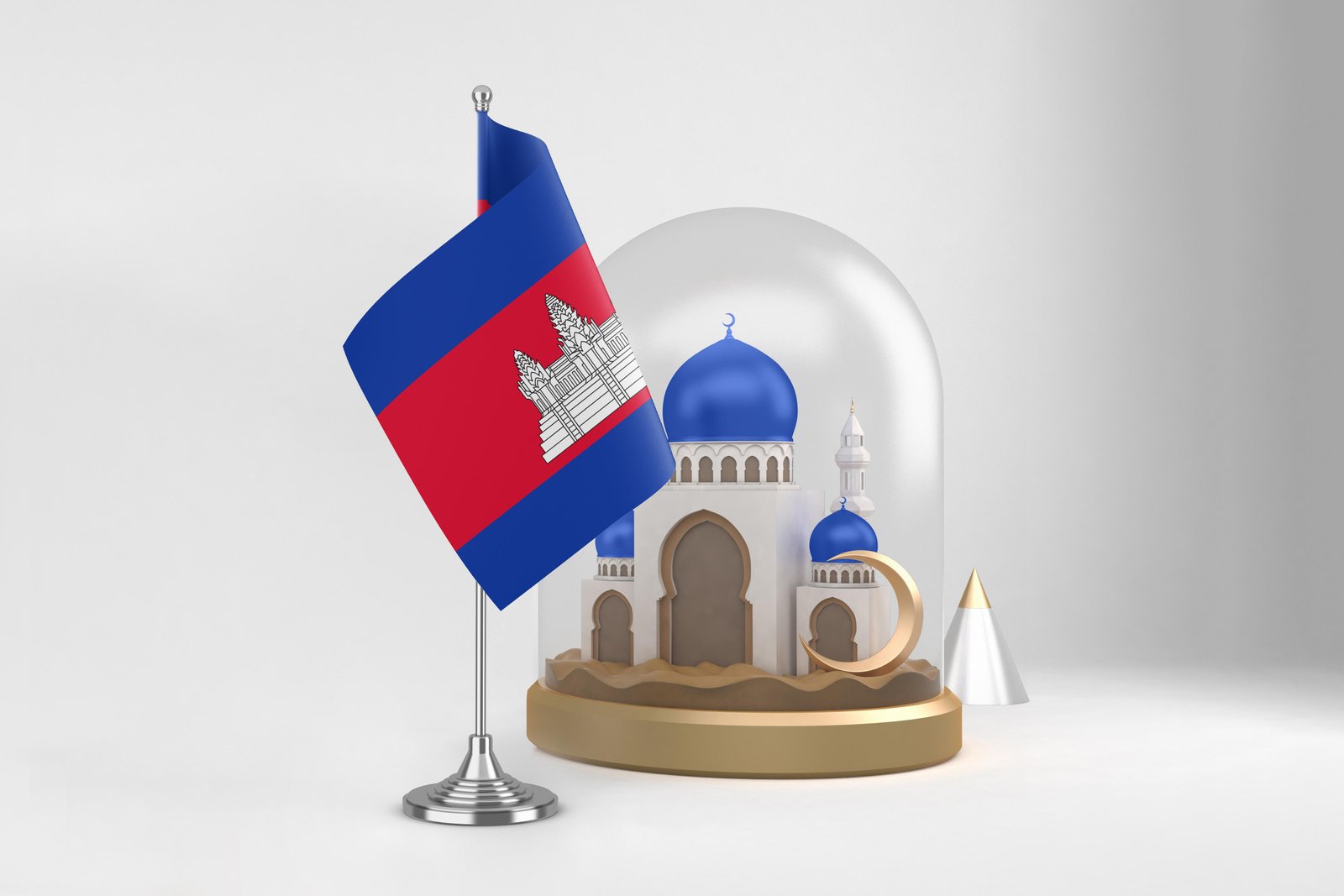No products in the cart.
Discover how Lao royalty shaped regional diplomacy through alliances, cultural exchanges, and political influence.

Before the establishment of the Lao People’s Democratic Republic in 1975, Lao royalty played an important role in shaping the nation’s foreign policy and regional diplomacy. From forging alliances with neighboring kingdoms to representing Laos in international forums, the monarchy acted as both a cultural symbol and a political mediator. Their influence extended beyond national borders, contributing to Southeast Asia’s political and cultural dynamics.
Royalty as Diplomats in Lao History
Marriage Alliances: Royal families often secured peace and alliances through strategic marriages with Siam (Thailand), Vietnam, and Cambodia.
Cultural Diplomacy: Royal courts promoted art, literature, and religion, strengthening Laos’ cultural ties with neighbors.
Colonial Negotiations: Lao kings navigated French colonial demands while maintaining national identity.
Cold War Period: Members of the royal family represented Laos internationally during the height of political tension.
Key Contributions to Diplomacy
Promoting Buddhism: Lao royalty positioned Buddhism as a cultural link across Southeast Asia.
Maintaining Neutrality: Attempted to keep Laos neutral during global conflicts, though not always successfully.
International Representation: Lao kings and princes attended international summits, raising the country’s global profile.
Cultural Preservation: Royal support for temples, literature, and festivals kept Lao heritage alive as a form of soft power.
Challenges Faced by the Monarchy
Struggles to balance foreign influence from France, the U.S., and communist allies.
Internal divisions between royalists and revolutionary groups.
Eventual abolition of the monarchy after 1975.
Example in Laos
King Sisayvongs Vong and later King Savang Vatthana played critical roles in representing Laos during colonial and Cold War eras, maintaining diplomatic ties with France, the U.S., and regional neighbors.
Conclusion
Lao royalty was more than symbolic—it was a diplomatic bridge that helped Laos navigate regional politics. Though the monarchy no longer exists, its legacy continues to shape Laos’ historical narrative.
About CITS Laos
CITS Laos works with historians, cultural organizations, and international researchers to document and promote Lao diplomatic history. We create bilingual cultural archives, design heritage campaigns, and run SEO strategies to showcase the monarchy’s role globally. By preserving royal history, CITS Laos ensures that Laos’ diplomatic legacy remains part of the regional story.